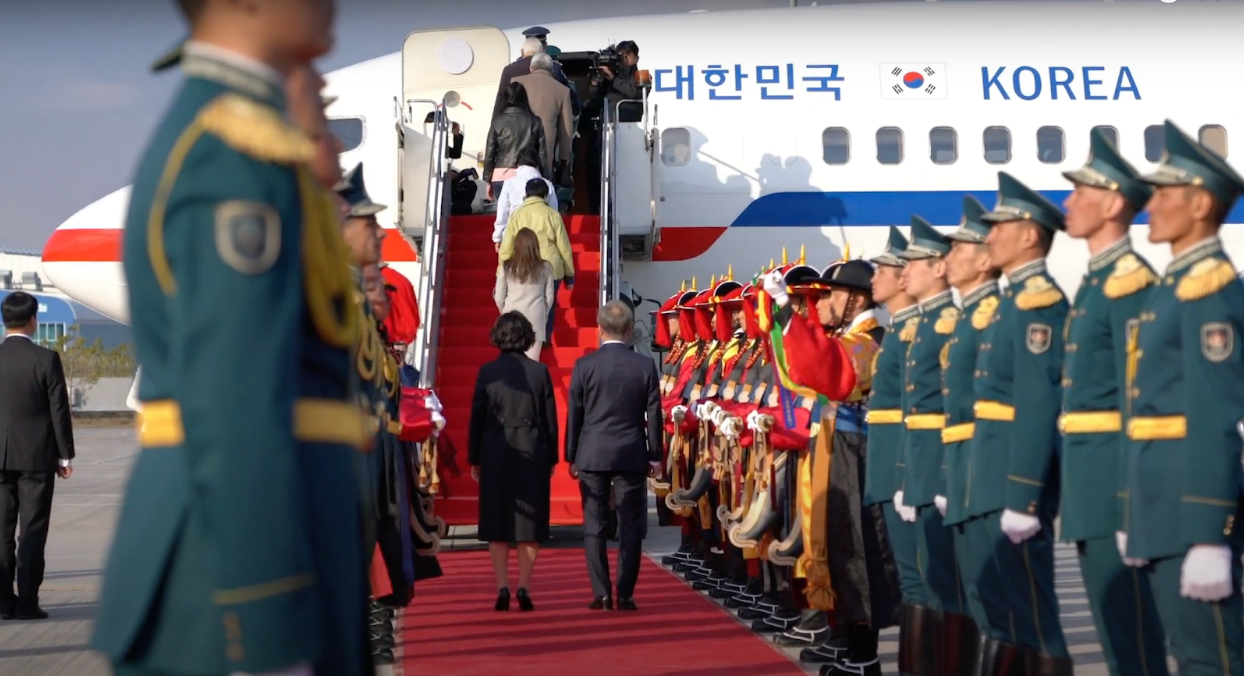
August 15, 1945 – A Nation Liberated, But Not Whole
On August 15, 1945, Korea finally reclaimed its sovereignty after 35 years of Japanese colonial rule. Liberation Day, or Gwangbokjeol, marked a pivotal turning point in Korean history. The word Gwangbok (광복) literally means “restoration of light,” symbolizing the return of hope, dignity, and national identity. But while the country was free, many of the freedom fighters who had given everything for this moment weren’t there to witness it.
For some, their final resting places were not in their homeland. After devoting their lives to Korea’s independence—often in exile—they died abroad, buried in foreign soil. For decades, their spirits waited to come home.
What is the ‘Hwan-guk’ Project?
The word Hwan-guk (환국) means “returning to the nation.” This project refers to the long-term efforts made by the Korean government, civic organizations, and descendants to repatriate the remains of independence activists buried overseas.
These repatriations are more than just symbolic gestures—they’re deeply spiritual acts of closure, gratitude, and remembrance. For many, it’s an overdue homecoming that completes the story of Korea’s liberation.

Stories of the Return: From Shanghai, Manchuria, and Beyond
Take, for instance, Ahn Chang-ho (Dosan)—a revered independence leader and educator. After his death in Japanese custody in 1938, his body was temporarily laid to rest in Manchuria. It wasn’t until 1946, a year after liberation, that his remains were finally returned to Korea and buried at Seoul National Cemetery.
One of the most emotional repatriation efforts involved Yun Bong-gil, a young activist who carried out a bombing against Japanese military officials in Shanghai in 1932. Executed in Japan, his remains were secretly buried in Kanazawa. In 1946, his ashes were returned to Korea—escorted by none other than Chinese General Chiang Kai-shek himself.
These efforts remind us that liberation was not just about reclaiming land—it was about bringing our people home.

(Left)This photo was taken on March 9, 1946, just before the excavation team departed from Kanazawa Station in Japan with the remains of Yun Bong-gil."
(Right)"Yun Bong-gil's younger brother, Yun Nam-ui, is seen carrying the urn, followed closely by Baekbeom Kim Gu."
Why It Still Matters
The repatriation of independence fighters is an ongoing process. To this day, many activists’ remains are still scattered across China, Russia, and Japan. Their stories often lie forgotten in unmarked graves or remote temples. But organizations and historians continue the work, driven by a belief that a nation must never forget those who gave everything for its freedom.
As a brand rooted in Korean heritage, KORELIMITED stands in remembrance of these unsung heroes. We believe honoring our past helps us understand who we are today—and who we want to become.
Keepin’ Our Roots Eternal
Gwangbokjeol is more than a date in the calendar. It’s a chance to reflect on the sacrifices made for our freedom—not only by those who died in battle, but also by those whose legacies were nearly lost with time.
By remembering their stories and continuing to bring them home, we keep our roots alive—eternal, just like our respect.



Leave a comment